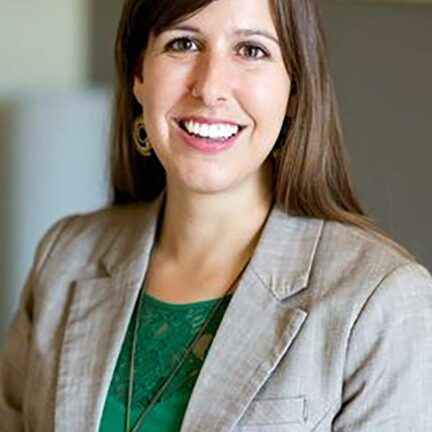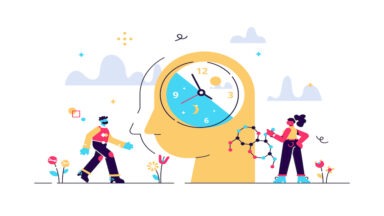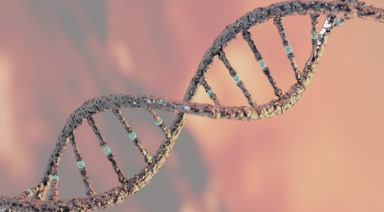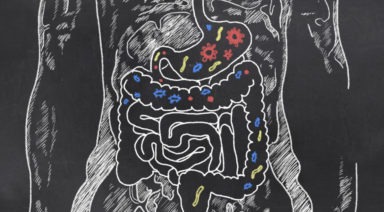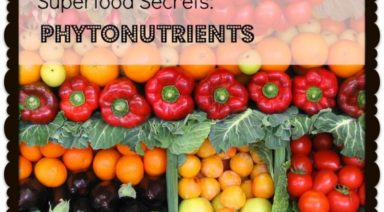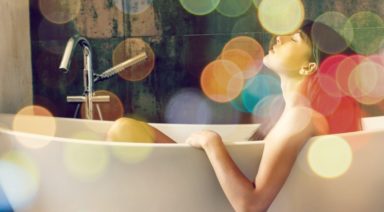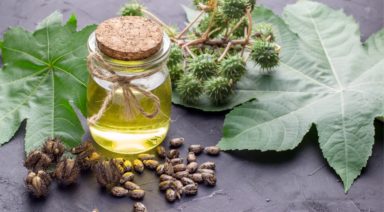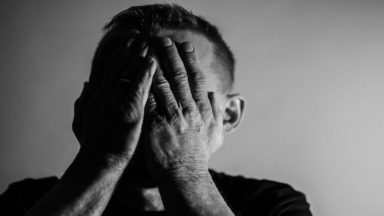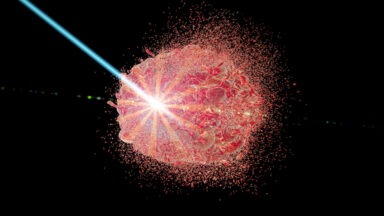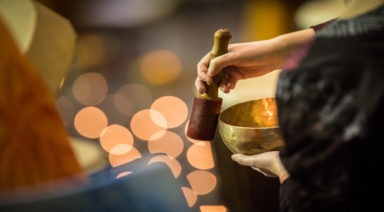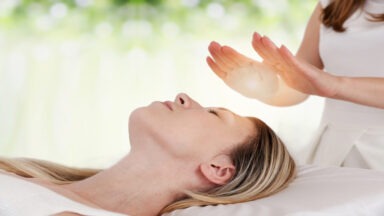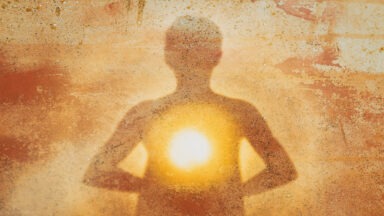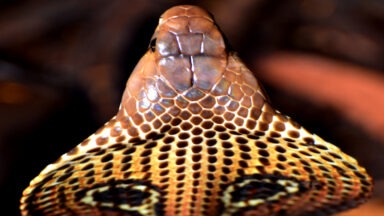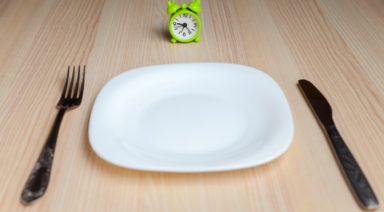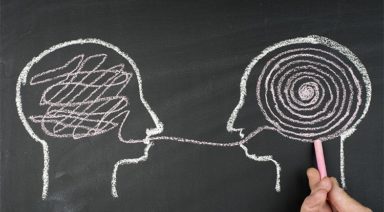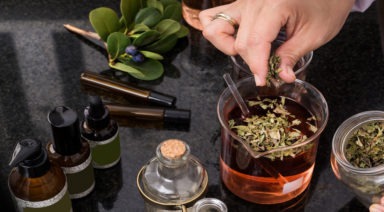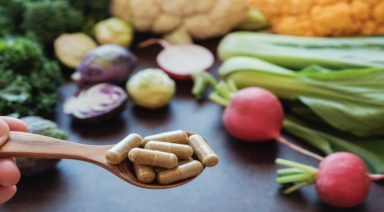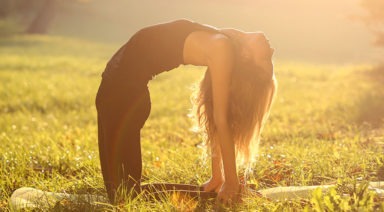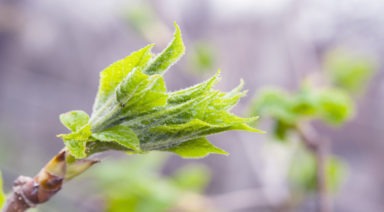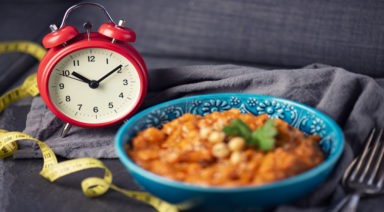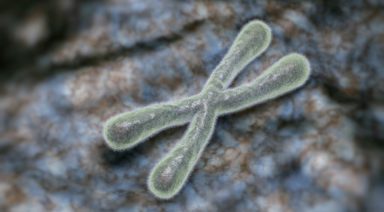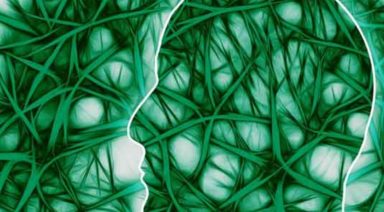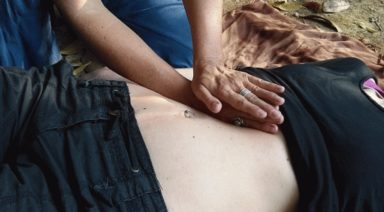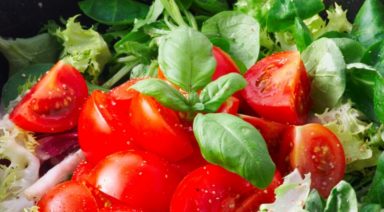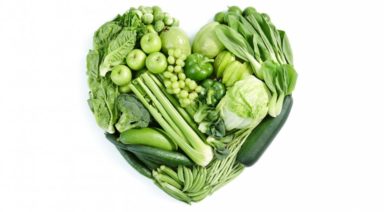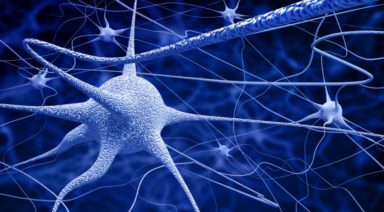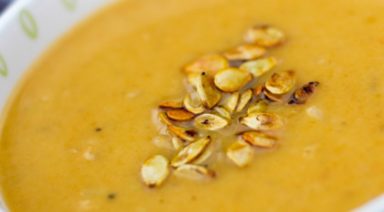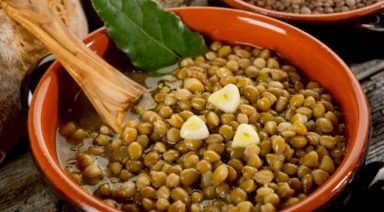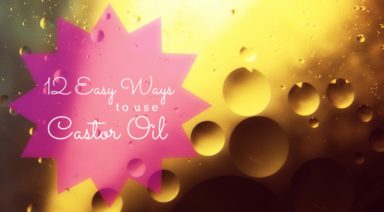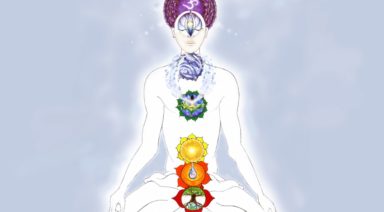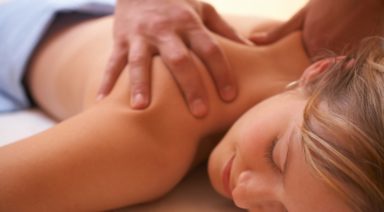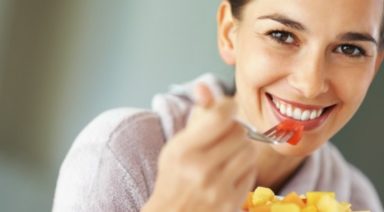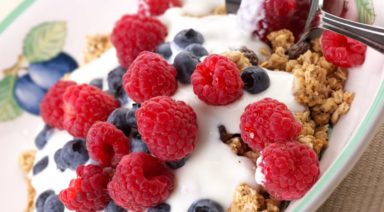Detoxify Naturally with Hydrotherapy
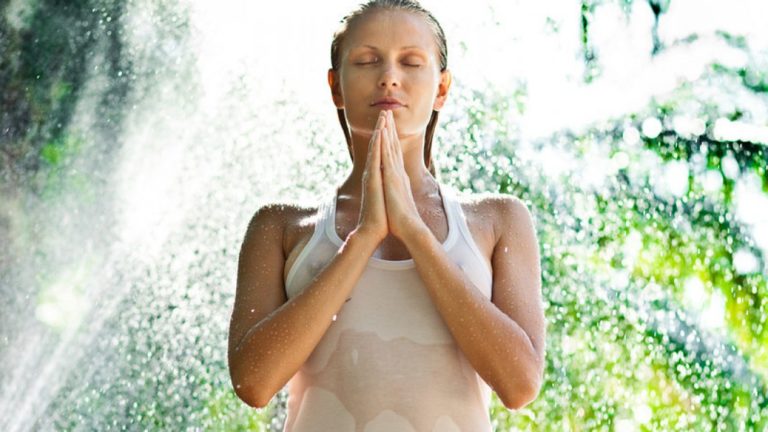
No spring cleaning regimen is complete without the detoxifying powers of water. Using hydrotherapy in a number of ways can increase the circulation and clearance of our main organs of detoxification: the skin, kidneys, colon, lymphatic system and liver. Hydrotherapy practices also encourage us to incorporate self-care and self-pampering into our daily routine. They consist of using water at varying temperatures to encourage blood flow, smooth muscle contraction and sweating. Taking a few minutes to practice some of these techniques helps calm our minds and direct our focus to the body. During times of cleansing, it’s important to remember that detoxification is not just about removing physical toxins in the body, but mental and emotional ones as well.
Here are 6 simple ways to incorporate hydrotherapy into your cleansing plan.
- Drink water: The powerful cleansing properties of water start from the inside out. Drinking water keeps our metabolisms sharp while increasing hydration and blood flow, which helps the colon, kidneys and lymphatic system flush out unwanted toxins. Drinking enough water gives our skin a natural, healthy glow, increases energy levels and decrease appetite, helping us achieve a healthy weight. It also helps to clear out the toxins that have been released into the body from any detoxification plan we’re on. A good rule of thumb for increasing water intake is to drink one extra cup (250 ml) of water per day and observe the effect it has on your skin, energy levels and weight. Starting every morning with a large glass of water also aids in stimulating the digestive system and sending a message to your brain that you’ve made the commitment to being healthy for that day.
- Dry skin brushing: Dry skin brushing is a gentle exfoliation and massage technique that helps increase lymphatic flow. It circulates toxins and cellular debris out of the body, while sloughing off dead skin cells, encouraging skin cell turnover and repair. Using a soft bristle brush, begin at the tips of your toes and finger and work inwards, towards the heart, moving the brush in brisk, gentle circles in a clockwise direction. Do this right before a shower and appreciate the invigorating feeling of increased circulation and a glowing complexion.
- Hot and Cold Showers: After dry brushing, practice daily alternate hot and cold showers. Complete three to five hot and cold cycles by starting with hot water for about one-two minutes and alternating with cold bursts for 30 seconds. Alternating hot and cold increases circulation, encouraging lymphatic flow, and boosts metabolism and immune function. While standing under cold water for 30 seconds at a time might sound uncomfortable, you can work your way up by starting with 30-second bursts of lukewarm water. After a while you’ll look forward to the revitalizing cold cycles as a welcome, stimulating part of your shower routine. Always remember to end the shower on a cold cycle and keep the body warm afterwards.
- Castor oil packs: Stimulating the liver and colon is crucial for proper detoxification. A cheap, easy and effective way to do this is to apply castor oil packs to the entire abdomen, covering the areas under which the liver and colon reside. To create a castor oil pack, rub castor oil over skin, cover the area with an old towel and then apply a hot water bottle on top. Leave the pack on for one hour or longer, allowing the castor oil to reach the underlying organs. The heat from the hot water bottle helps the castor oil penetrate the liver and intestines, stimulating their contraction and encouraging movement and the release of toxins and waste. Castor oil packs are also a great therapy for constipation.
- Infrared saunas: Sweating is one of the best ways to remove toxins from the lymph and blood by excreting it through the skin. Infrared saunas are excellent for this because they encourage profuse sweating and stimulate the body’s metabolism, aiding in calorie-burning. Spend up to an hour in the sauna, taking a break every 15 minutes to shower in cold water for 30 seconds, to promote healthy circulation and keep metabolism high. Remember to drink plenty of water. Also adhere to the main principle of hydrotherapy which is to end every session with cold and then keep your body warm.
- Epsom salt baths: For the relaxing end to a stressful week, fill a tub with warm water and add two cups of Epsom salts (magnesium sulfate salts). Epsom salts help to pull toxins, like lactic acid, from muscles, promoting their relaxation. They also maintain the warm temperature of the bath water, promoting sweating and detoxification while you relax. As with the infrared saunas, drink plenty of water while in the bath and, before finishing, tighten skin with a 30-second burst of cold water. Then towel off and keep warm.
This article is not meant to serve as medical advice. For a more individualized assessment, please see a licensed naturopathic doctor.
How to Tune the Circadian Rhythms in Your Body
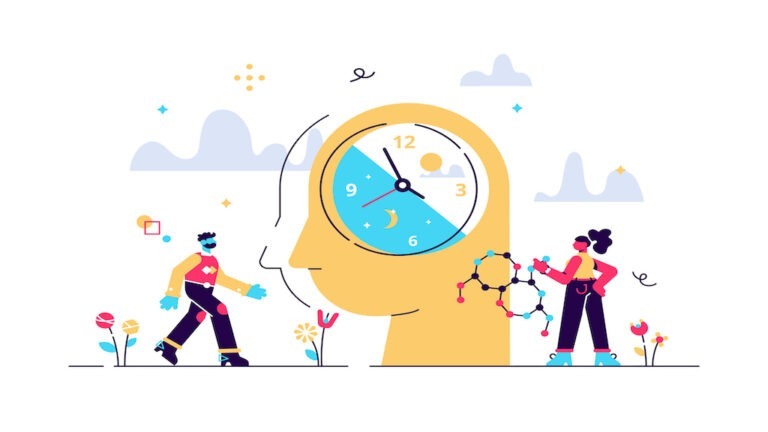
Never before have we lived so out of sync with the rhythms of nature. Can the resulting damage to our health be reversed? The new science of circadian medicine shows great promise in doing just that.
Until the industrial revolution, humans lived in accordance with the natural cycles of light and dark, or circadian rhythms. That all changed with the advent of electricity and artificial light. Today, our modern lifestyles and especially our exposure to blue light from electronic devices, have been making a major impact on our internal biological clocks. Research in an emerging field called circadian medicine is finding that there are ways to reset our circadian systems and bring us back into balance.
Dr. John Douillard is a renowned ayurvedic practitioner who’s been following the developments in the field and incorporating what he calls “circadian wisdom” in his practice for years.
“So the research is telling us that there are biological clocks in pretty much every cell of our body,” Douillard said. “But those biological clocks have to stay, like every clock, you have to set the clock to make sure it’s right and telling the right time. So the biological clocks are in sync with the circadian rhythms which are the light/dark cycles, both daytime, and the seasonal light/dark cycles.”

